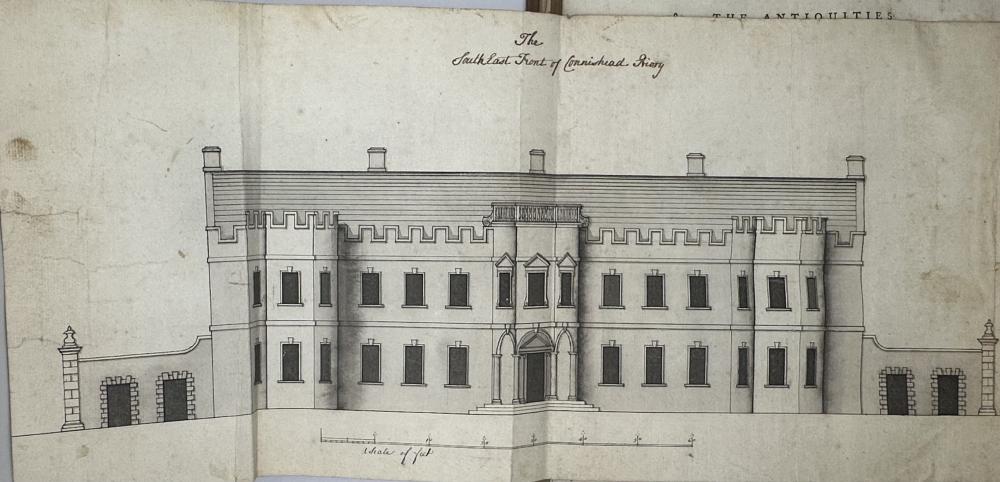HIRD, John ( Pen & Ink Drawing ) Architectural Drawing Conishead Priory - c 1767
WPLJ0188  Click image to enlarge  .jpeg) .jpeg) .jpeg) .jpeg) .jpeg) The South East front of Conishead Priory, The original architects design for the rebuilding of the priory c 1767 thought to be the work of John Hird of Cartmel. DESCRIPTION: Pen and Ink on paper with wash folded into the antiquities of Furness by Thomas West, first edition 1774. SIZE: Drawing: 470mm x 204mm CONDITION: Book: Worn Calf, Broken to boards and spine however complete. £1250.00 Have a Question?You need to be Signed In to ask questions. |